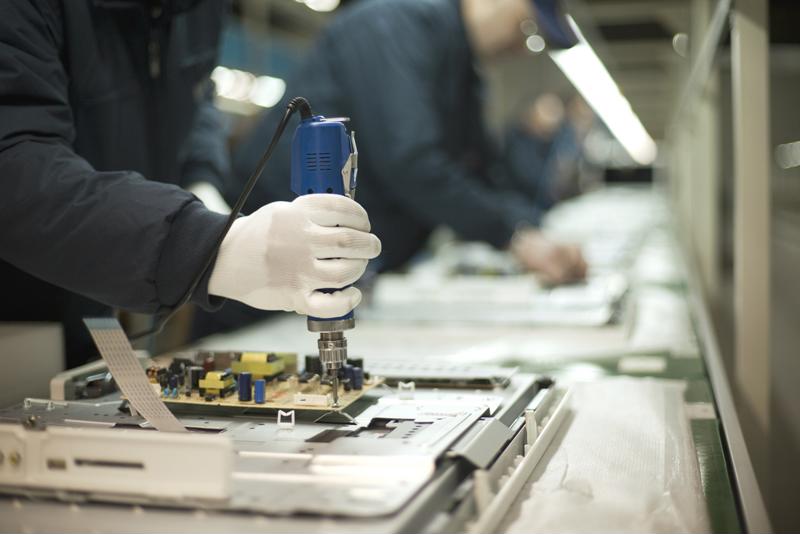Manufacturing production in the U.S. rose in April nearly 1% on a monthly basis and by more than 6% compared to 12 months earlier, the Fed announced. This surpassed what economists polled by Reuters had predicted. Indeed, producers' actual output was two times higher than what they had anticipated, forecasting an uptick of 0.4% from March.
The increase in total industrial production makes it four straight reports in which the number was higher than 0.8%.
As has been the case for professionals in virtually all product-based industries, outside of inflation, the supply chain has been manufacturer's biggest issue from an operational and logistical perspective. Indeed, in the National Association of Manufacturers' quarterly survey, more than 88% of respondents cited the supply chain as their central pain point to better productivity and profitability, more so than the cost of raw materials or a lack of qualified talent.
But in April, the first full month of spring, productivity was in full bloom, among manufacturers of all sizes, industries and specialties. Indeed, the Fed report showed that production accelerated by nearly 4% for automakers during April. Similarly, manufacturers that work in durable goods also had more to sell and deliver. The only exceptions were producers in electrical equipment, furniture and related products and appliances and components.

Manufacturers still struggle to fill open positions
Despite the encouraging uptick in activity, production could very well have been even more robust were it not for manufacturers' struggles with hiring and retention. Timothy Fiore, chairperson for the Institute for Supply Management, spoke to this point in this ISM's latest Report on Business.
"The U.S. manufacturing sector remains in a demand-driven, supply chain-constrained environment," Fiore said. "In April, progress slowed in solving labor shortage problems at all tiers of the supply chain. Panelists reported higher rates of quits compared to previous months, with fewer panelists reporting improvement in meeting head-count targets."
Helping to offset the labor shortage in April was better capacity. As Reuters cited from the Federal Reserve's data, overall capacity utilization for producers rose to 79.2%, which is up 0.6% from March. This markets the highest capacity utilization rate for manufacturers in over a decade.
The National Manufacturers Association is working in concert with The Manufacturing Institute to help producers reach their hiring goals through the Creators Wanted campaign. Launched earlier this year, the Creators Wanted initiative spearheaded by the Manufacturing Institute and NAM seeks to recruit 600,000 new workers by 2025, increase student enrollments in technical and vocational programs by 25% and improve the perception of the industry among parents as a whole.



Post A Comment:
0 comments so far,add yours